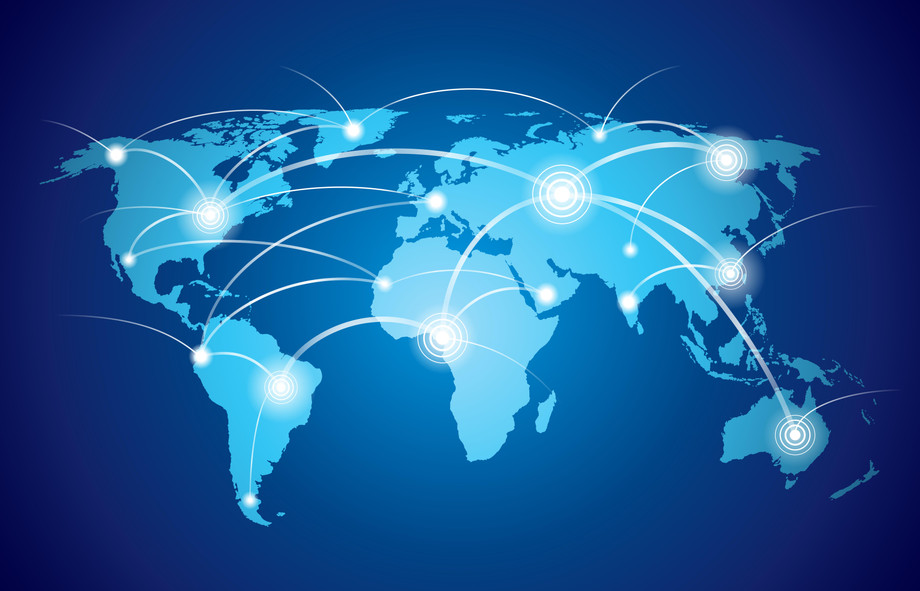The travel industry, a complex ecosystem of airlines, hotels, car rentals, and agencies, relies heavily on a silent powerhouse: the Global Distribution System (GDS). But what exactly lies beneath the surface? Today, we'll delve into the GDS architecture and functionality, unraveling the intricacies of this vital network.
The Foundation: A Tripartite Structure
The GDS architecture can be visualized as a three-tiered system:
- Central Reservation Systems (CRSs): At the base are the CRSs, operated by travel service providers (airlines, hotels, etc.). These systems hold the live inventory, pricing, and availability data.
- The GDS Platform: The heart of the system, acting as the intermediary. It aggregates data from multiple CRSs, creating a consolidated database accessible to travel agents and online platforms.
- The User Interface (UI): This is the portal through which travel agents and online platforms interact with the GDS. It presents the consolidated data in a searchable format and facilitates booking transactions.
Data Flow: Real-Time Information Exchange
The magic of the GDS lies in its real-time data exchange. When a travel agent searches for a flight, the request travels from the UI to the GDS platform. The platform then queries the relevant airline's CRS for live availability and pricing. This information is relayed back to the UI, allowing the agent to present options to the customer.
This data flow is bidirectional. When a booking is made, the GDS transmits the reservation details to the provider's CRS, confirming the booking instantly. This real-time interaction ensures accuracy and minimizes the risk of overbookings.
Key Functionalities: Beyond Bookings
The GDS offers a range of functionalities beyond simple bookings:
- Inventory Management: Travel providers can update their inventory in real-time, ensuring accurate availability information.
- Fare Management: Airlines can manage complex fare structures, including dynamic pricing and promotional offers.
- PNR Management: Passenger Name Records (PNRs) are created and managed within the GDS, storing all relevant booking details.
- Ticketing: The GDS facilitates electronic ticketing (e-ticketing), streamlining the issuance and management of tickets.
- Reporting: The GDS provides reporting tools for tracking sales, analyzing booking trends, and generating performance reports.
The Technology Behind the Scenes:
The GDS relies on robust and scalable technology to handle the massive volume of data and transactions. Key technologies include:
- Mainframe Systems: Historically, GDS systems were built on mainframe computers, known for their reliability and processing power.
- Databases: Large, distributed databases store and manage the vast amounts of travel data.
- Communication Protocols: Standardized communication protocols ensure seamless data exchange between different systems.
- APIs: Modern GDS platforms offer APIs (Application Programming Interfaces), allowing developers to integrate GDS functionality into their applications.
The Evolution of GDS:
While the core architecture remains relatively consistent, the GDS is constantly evolving. Modern platforms are incorporating cloud computing, mobile technologies, and artificial intelligence to enhance their capabilities and adapt to the changing needs of the travel industry.
The Impact and Future:
The GDS or Global Distribution System has revolutionized travel distribution, enabling efficient and seamless bookings worldwide. While direct connect technologies and API's are evolving, the GDS continues to be a central part of travel distribution. Its ability to provide real-time information, streamline booking processes, and expand market reach makes it an indispensable tool for travel providers and distributors alike. As technology continues to advance, the GDS will likely evolve further, incorporating new features and functionalities to meet the changing needs of the travel industry.
Understanding the GDS architecture and functionality provides valuable insight into the intricate workings of the travel industry. It's a testament to the power of technology in connecting people and facilitating global travel.

